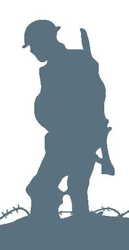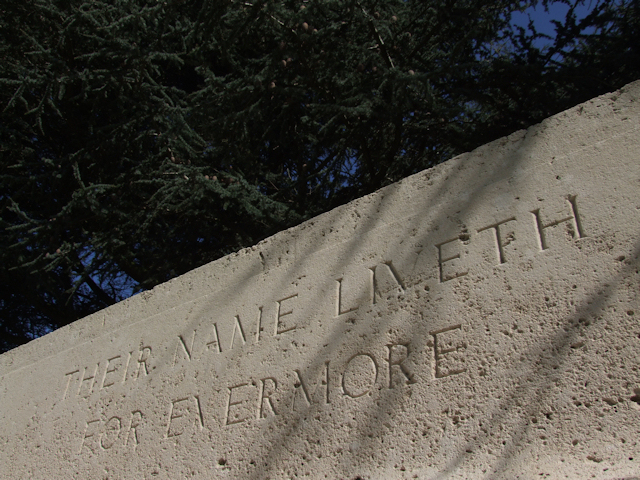Name
James Hamilton Mcgregor
28 February 1897
Conflict
First World War
Date of Death / Age
10/01/1917
Rank, Service Number & Service Details
Lieutenant
Bedfordshire Regiment
3rd Bn.
Awards: Service Medals/Honour Awards
British War and Victory medals
Cemetery/Memorial: Name/Reference/Country
AMARA WAR CEMETERY
XXVIII. A. 16.
Iraq
Headstone Inscription
None
UK & Other Memorials
Berkhamsted Town Memorial, St Peter's Church Memorial, Berkhamsted, Berkhamsted Collegiate School, Berkhamsted
Pre War
James Hamilton Mcgregor was born in Streatham, London on 28 February 1897, the son of John Cameron and Margaret McGregor (nee Beames) and baptised on 4 April 1897 at St Leonard, Streatham, Lambeth. They were then living at Conyers Road, Streatham and his father's occupation was given as Barrister. He was one of six children, but one died in infancy.
On the 1901 Census the family were living at 64 Drakefield Road, Streatham with his father's occupation recorded as Barrister at Law. By 1911 they had moved to Boxwell Road, Berkhamsted, Herts. His father was then described as Barrister and Journalist.
James attended Berkhamsted School where he was a member of the Officer Training Corps in which he became Sergeant. and left in 1914.
His parents later lived at 39 Kitsbury Road, Berkhamsted and 34 Cambrian Road, Richmond, Surrey (which is where his father died in 1923).
Wartime Service
James applied for a commission on the day war was declared and Joined the British Army as Second Lieutenant with the 3rd (Reserve) Battalion, Bedfordshire Regiment on 15 August 1914 being employed on home service for 18 months.
He was promoted to Lieutenant with the Machine Gun Corps, 132nd Machine Gun Company which was attached to the 3rd Battalion, Bedfordshire Regiment.
He served in Mesopotamia from 17 November 1916 and was killed in action near Kut El Amara, Iraq on 10 January 1917. He is buried in Amara War Cemetery, Iraq, having originally been buried at Mahomed Abdul Hassam, Iraq.
(N.B. Amara War Cemetery contains 4,621 burials of the First World War, more than 3000 of which were brought to the cemetery after the Armistice. 925 of the graves are unidentified. In 1933, all of the headstones were removed from the cemetery when it was discovered that salts in the soil were causing them to deteriorate. Instead, a screen wall was erected with the names of those buried in the cemetery engraved upon it.)
Additional Information
His father received two payments of pay owing totalling £98 15s 6d.
Acknowledgments
Brenda Palmer
Jonty Wild



